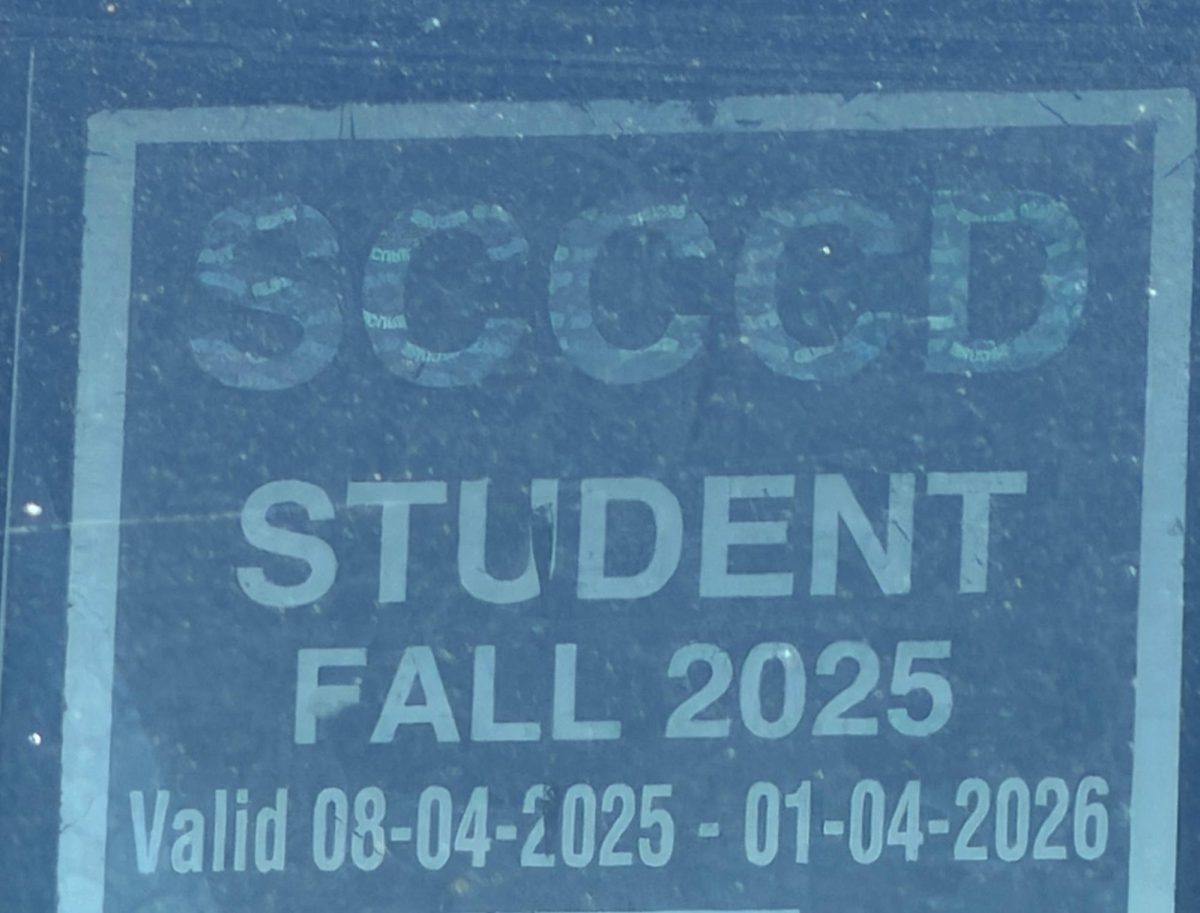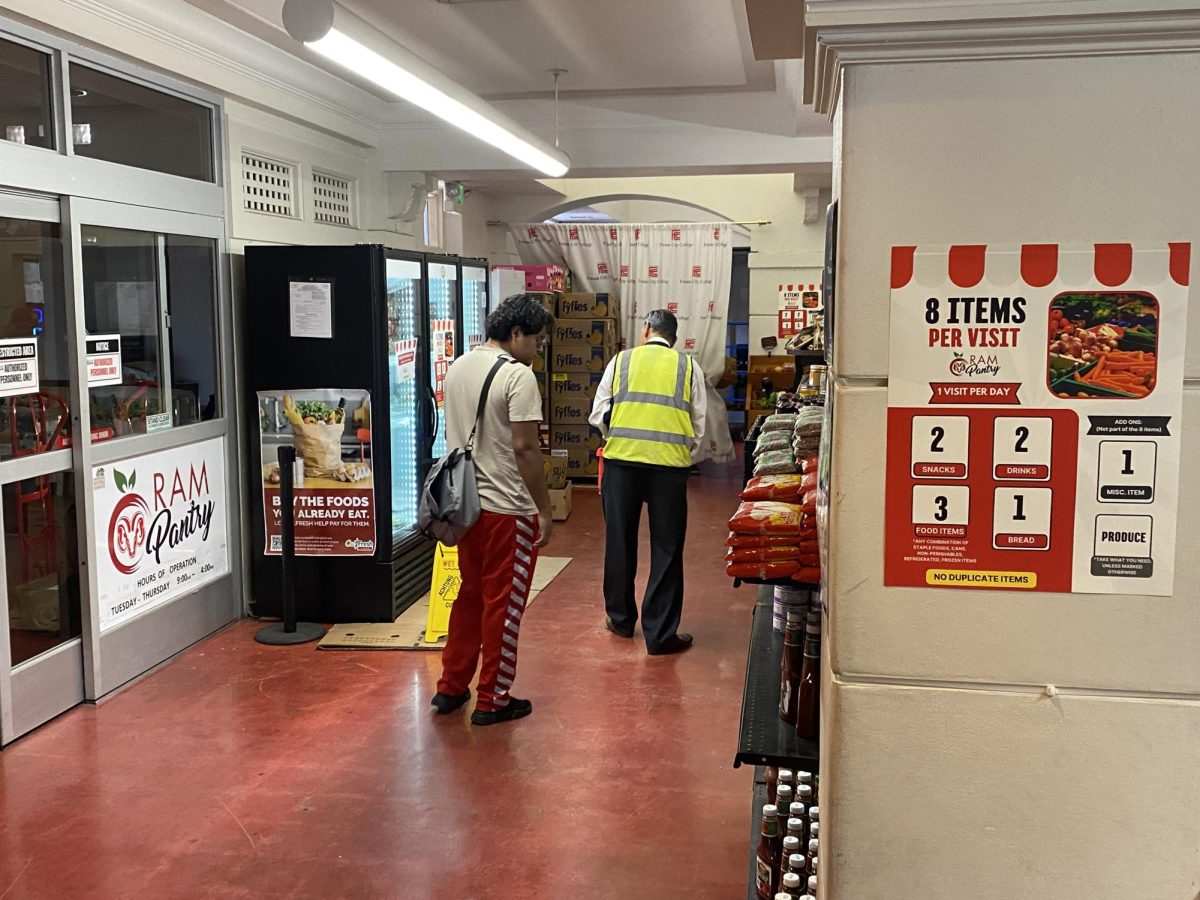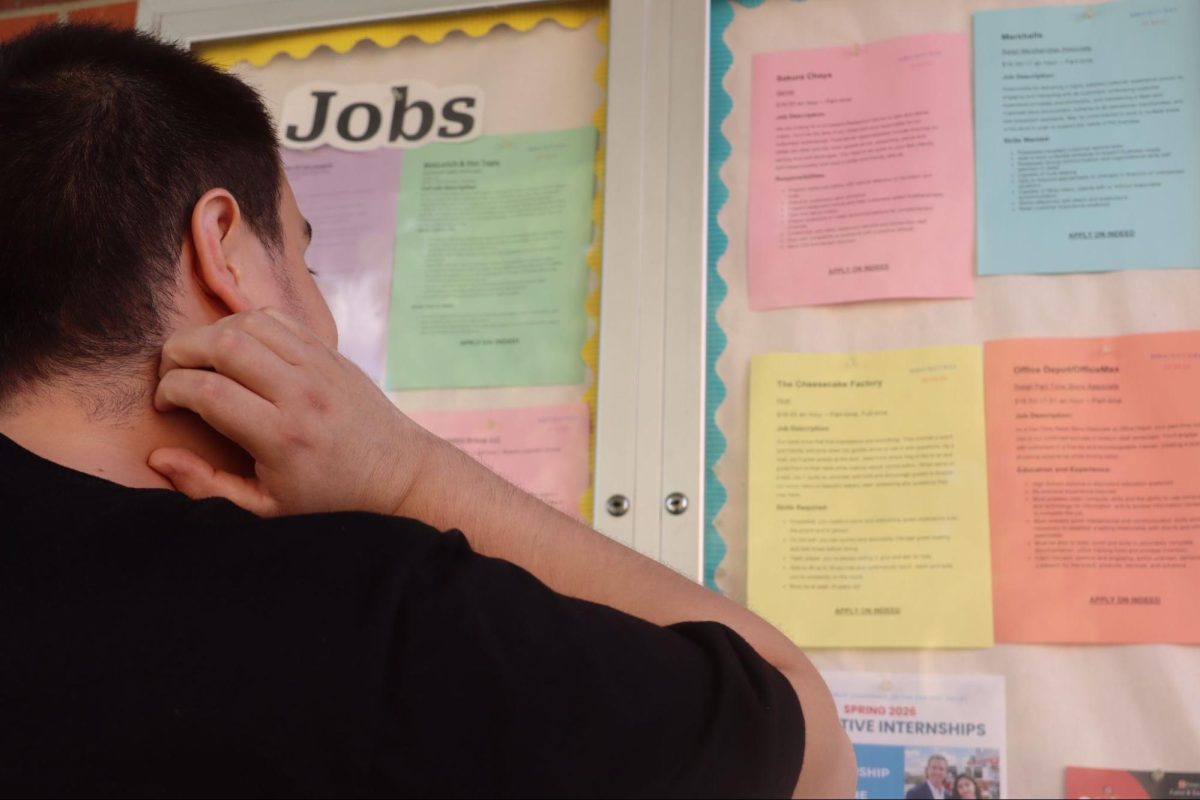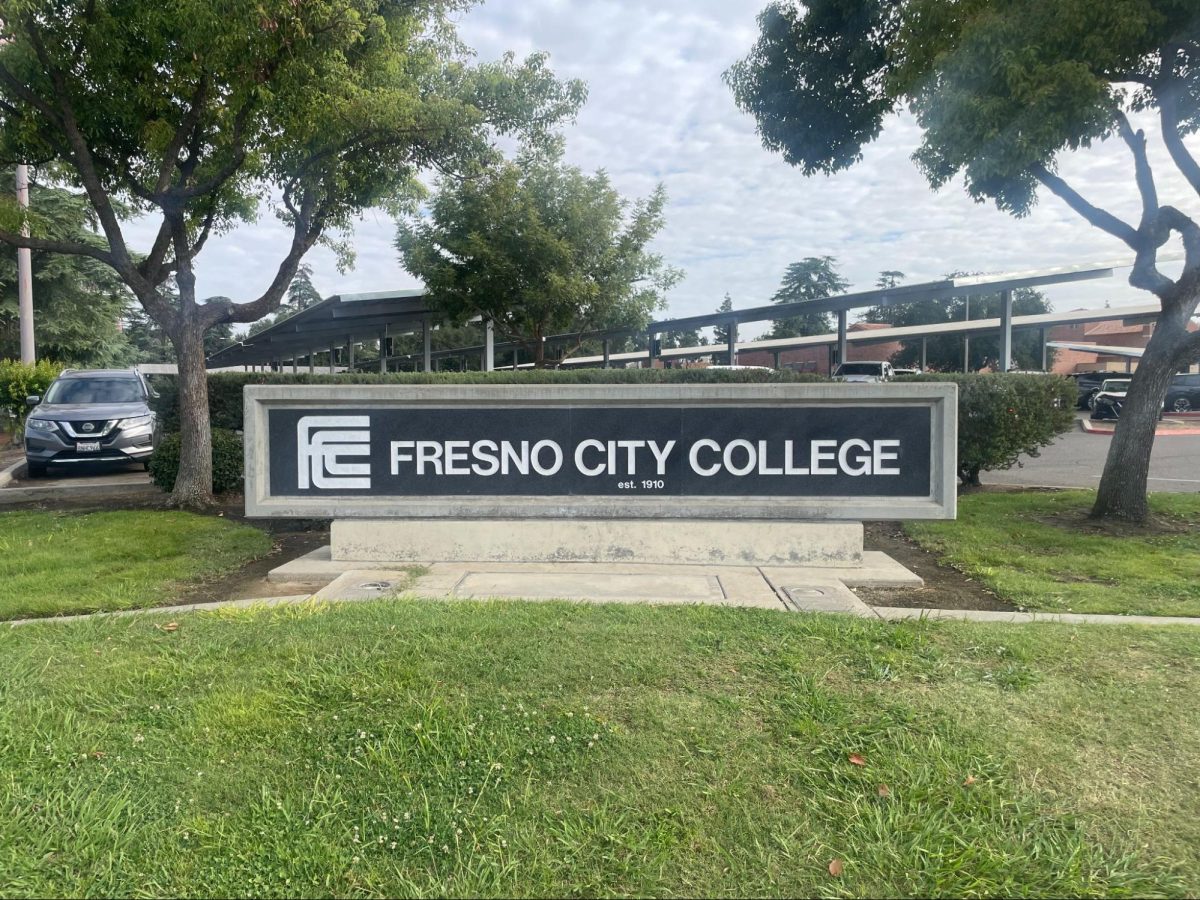For the first issue of the Rampage this semester, I wrote a news story on student safety and the way in which the administration is hoping to improve the security system.
I am a first-time reporter and while I am grateful that my editors trusted me with a fairly important story, I have been reeling ever since the dross that was that story ran.
During the process of writing that story, I was so intent on making sure I met the deadline that I forgot the whole reason I wanted to write the story in the first place: to get answers from the administration for the failing security system that they have put into place.
Instead, I allowed myself to accept every answer that the administration threw at me.
No one wants to be blamed for the failings of such an important system, but the amount of excuses produced is unreasonable.
The safety of the students and staff is far too important to be dismissed with classic lines such as, “students need to take responsibility to be informed.”
How can students hope to inform themselves when the information they look to for guidance is unreliable?
In any of the places one would expect to find emergency procedures, answers can hardly be found.
I had to read in detail the Annual Security & Fire Safety Report for 2012-2013 and I found the information presented in the packet to be underwhelming.
There were no procedures for what to do in the event of an emergency, just loose definitions of what qualifies as an emergency: a fire, earthquake or violence.
If a person cannot recognize that a fire is dangerous, then I’m not sure what they are doing in college in the first place.
I looked to other places that I might find the safety procedures: a link from the school website and the emergency procedure pamphlets that are posted in every classroom. I found that these definitions contradicted each other.
There was no clear answer on what to do in the event of an emergency, so I spoke with Fresno City College President Tony Cantu and Vice President of Administrative Services Cheryl Sullivan.
When I asked about the lack of a single set of emergency procedure definitions, they happily produced a brand new poster with such definitions that was sitting rolled up in the back of the office.
They told me that the posters are mostly ready and that they are just cleaning up the typos.
It has been a month since then and there is no sign of these posters anywhere on campus.
I know that there is only so much that can be improved in a short amount of time.
It seems, though, that so much more could be done if someone in administration would step up and improve the way in which emergencies are handled.
Take, for example, the bomb threat that happened on Jan. 22. The Science Building was surrounded with caution tape, a few classes were cancelled, but that was it.
If someone is threatening to blow up a building on a crowded campus, perhaps the entire school should be on alert rather than just that single building.
Once while I was still in high school, the campus was similarly threatened by a bomb; the school’s response, however, was not caution tape.
The school was shut down so quickly that not even the media knew about the situation until every student was removed from campus.
Of course, FCC’s administration does not want to see students hurt, but their main priority, it seems, is saving face and improving public opinion of the campus.
Students can’t even rely on our student government to effectively mediate concerns between them and administration, as the walking Pez dispensers known as Associated Student Government officers only exist to serve the administration.
This piece, I suppose, is an apology to the students who read the safety article I wrote.
I’m sorry I misinformed you. It was my responsibility to get the facts behind what precautions are being made to ensure our safety and I regurgitated the people-pleasing answers of a public image-concerned administration.
In light of this, I urge any who read this to avoid following in my footsteps.
Do not accept dismissive answers to questions that concern you.
Demand answers to your questions because, despite what my original safety article said, there are more improvements that need to be made then have been.






